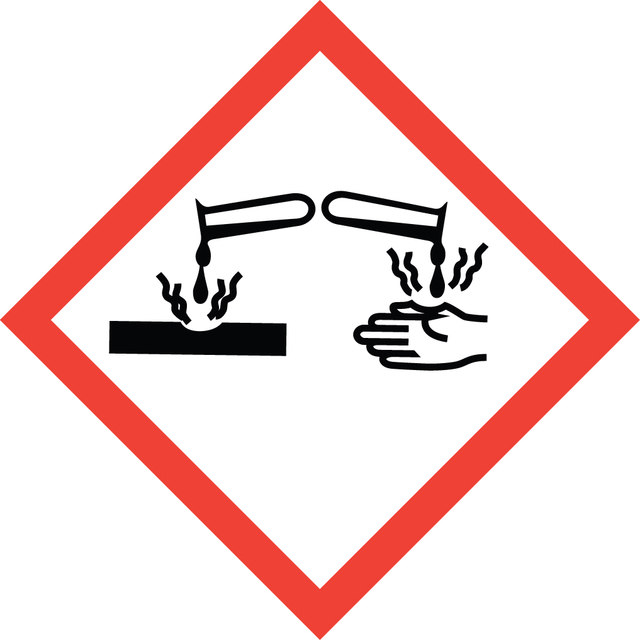Select a Size
About This Item
vapor density
3.9 (vs air)
Quality Level
vapor pressure
97.5 mmHg ( 20 °C)
Assay
≥99.7% (acidimetric)
form
liquid
impurities
≤0.02% Water (Karl Fischer)
refractive index
n20/D 1.3 (lit.)
pH
1 (10 g/L in H2O)
bp
72.4 °C (lit.)
mp
−15.4 °C (lit.)
solubility
soluble 10 g/mL
density
1.489 g/mL at 20 °C (lit.)
storage temp.
2-30°C
SMILES string
OC(C(F)(F)F)=O
InChI
1S/C2HF3O2/c3-2(4,5)1(6)7/h(H,6,7)
InChI key
DTQVDTLACAAQTR-UHFFFAOYSA-N
Looking for similar products? Visit Product Comparison Guide
Related Categories
Application
Analysis Note
Identity (IR-spectrum): passes test
Density (d 20 °C/20 °C): about 1.53
Boiling point: about 72 °C
Water (according to Karl Fischer): ≤ 0.02 %
Signal Word
Danger
Hazard Statements
Precautionary Statements
Hazard Classifications
Acute Tox. 4 Inhalation - Aquatic Chronic 3 - Eye Dam. 1 - Skin Corr. 1A
Storage Class Code
8A - Combustible, corrosive hazardous materials
WGK
WGK 2
Flash Point(F)
212.0 °F - Pensky-Martens closed cup
Flash Point(C)
> 100 °C - Pensky-Martens closed cup
Regulatory Information
Certificates of Analysis (COA)
Search for Certificates of Analysis (COA) by entering the products Lot/Batch Number. Lot and Batch Numbers can be found on a product’s label following the words ‘Lot’ or ‘Batch’.
Already Own This Product?
Find documentation for the products that you have recently purchased in the Document Library.
Our team of scientists has experience in all areas of research including Life Science, Material Science, Chemical Synthesis, Chromatography, Analytical and many others.
Contact Technical Service
